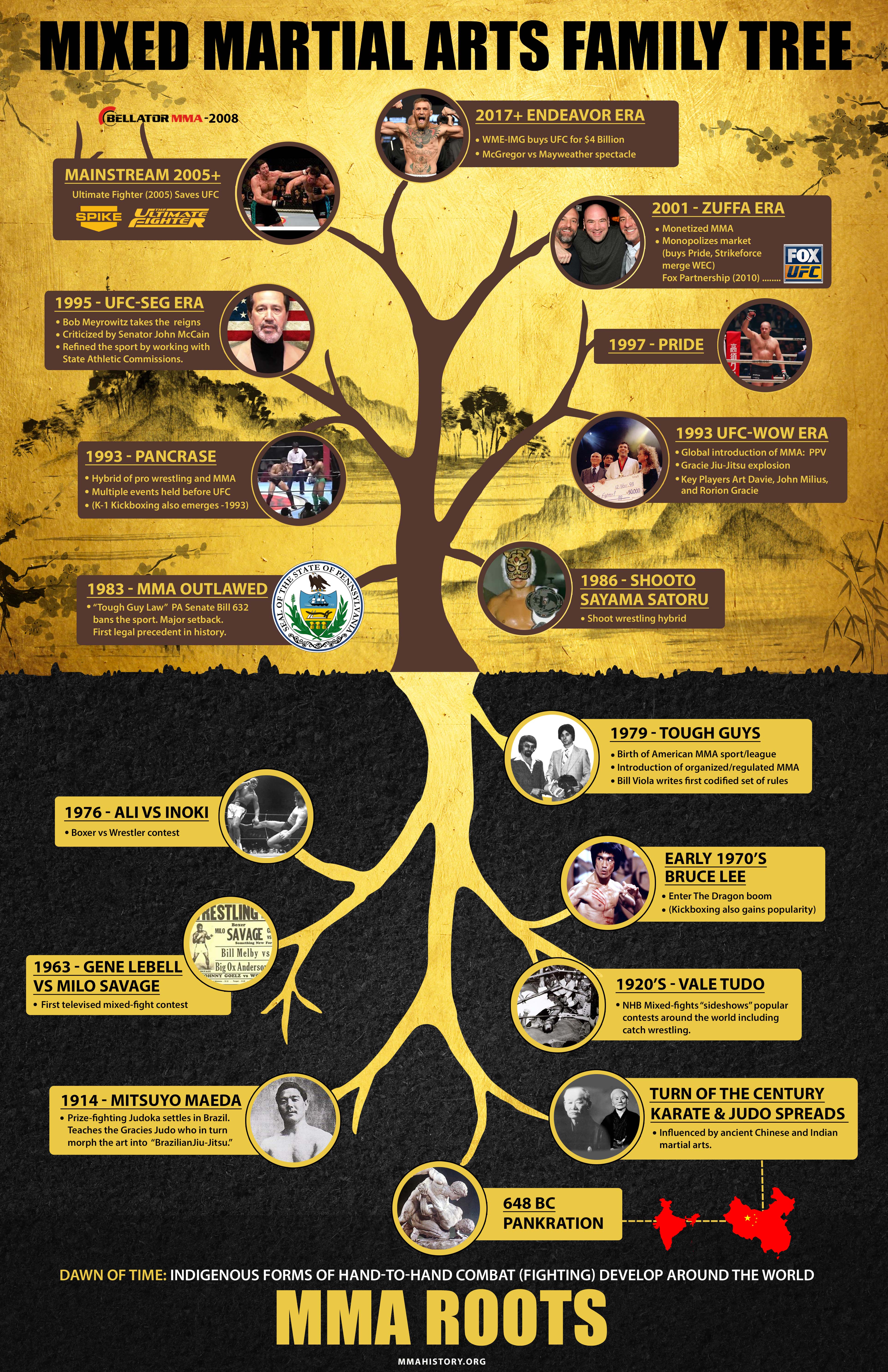Discovering The Rich Heritage And Spiritual Capacities Of Martial Arts: An Extensive Evaluation
Discovering The Rich Heritage And Spiritual Capacities Of Martial Arts: An Extensive Evaluation
Blog Article
Created By-Moesgaard Martin
Enter the ancient world where martial arts were substantiated of necessity in varied areas. Cultures crafted one-of-a-kind combating styles linked with historical contexts. Strategies advanced over centuries via devoted method and social exchanges. Today, modern-day martial arts mix typical components for maximum performance. Philosophically, martial arts highlight discipline, self-improvement, and harmony. Respect, humility, and equilibrium are fundamental concepts directing specialists in the direction of growth and strength. Check out the midsts of this abundant history and philosophy to discover the extensive impacts shaping this long-lasting discipline.
Origins of Fighting Style
Martial arts originated in various regions worldwide, progressing as sensible battle systems to prevent threats. These old fighting designs were developed out of requirement, with each society crafting methods suited to their unique environments and difficulties. From Learn Even more grappling arts of Jujutsu in Japan to the striking strategies of Martial art in China, martial arts were deeply linked with the historic, social, and social material of their respective societies.
In Japan, the samurai course refined martial arts like Kenjutsu, the art of the sword, which later progressed into the more popularized kind of Kendo. On the other hand, in Brazil, Capoeira emerged as a blend of dancing and battle, produced by enslaved Africans as a method to resist injustice. Each martial art carries with it a rich background and approach, reflecting the values and ideas of the people that practiced them.
As you delve into the origins of martial arts, you uncover a tapestry of human resourcefulness, strength, and the unyielding spirit of warriors throughout time.
Advancement of Techniques
Via centuries of practice and refinement, fight methods within various martial arts have undergone a profound evolution. From old designs like Martial art and Martial arts to more modern-day techniques such as Brazilian Jiu-Jitsu and Krav Maga, the evolution of techniques has been driven by a combination of cultural influences, functional applications, and technical developments.
One considerable element of this evolution is the cross-pollination of methods between various martial arts. For example, strategies from standard Japanese Jiu-Jitsu were included into the development of Judo by Jigoro Kano in the late 19th century. This mixing of designs has actually led to the advancement of crossbreed martial arts like Mixed Martial Arts (MMA), which incorporate elements of striking, grappling, and submission strategies.
Furthermore, the advancement of techniques has been formed by the boosting focus on effectiveness and efficiency in battle. Practitioners have continually sought to fine-tune their methods via extensive training, experimentation, and competition, causing the development of extremely specialized and efficient battling designs. In general, the evolution of methods in martial arts mirrors the dynamic nature of battle and the continuous quest for renovation and technology.
Philosophical Foundations
Exploring the underlying thoughtful concepts of martial arts provides understanding into their core values and directing beliefs. At the heart of numerous martial arts self-controls is the concept of discipline itself. By training your body and mind to function as one cohesive system, you cultivate technique that expands beyond the dojo or fitness center right into daily life. This discipline incorporates regard, humbleness, and self-constraint, shaping not just your physical capabilities but likewise your character.
An additional essential philosophical foundation in martial arts is the idea of continuous self-improvement. The journey of grasping a fighting style is continuous, with professionals continuously aiming to far better themselves, both physically and psychologically. This focus on development cultivates resilience, perseverance, and a development attitude that can be applied to all elements of life.
Moreover, martial arts emphasize the relevance of harmony and balance. Techniques are made to utilize a challenger's energy against them, highlighting the concept of generating and rerouting force as opposed to meeting it head-on. This viewpoint extends to social relationships, promoting peaceful resolutions and mutual understanding. By welcoming these philosophical foundations, martial musicians not only improve their battle skills but also grow a way of living centered on individual development, respect, and harmony.
Conclusion
In conclusion, the background and viewpoint of martial arts offer an abundant tapestry of practice, technique, and self-improvement.
Consider example the story of Bruce Lee, that reinvented martial arts by blending different styles and viewpoints to create his own unique kind of Jeet Kune Do.
With devotion and innovation, martial musicians remain to press limits and influence others to reach their full capacity both in battle and in life.
